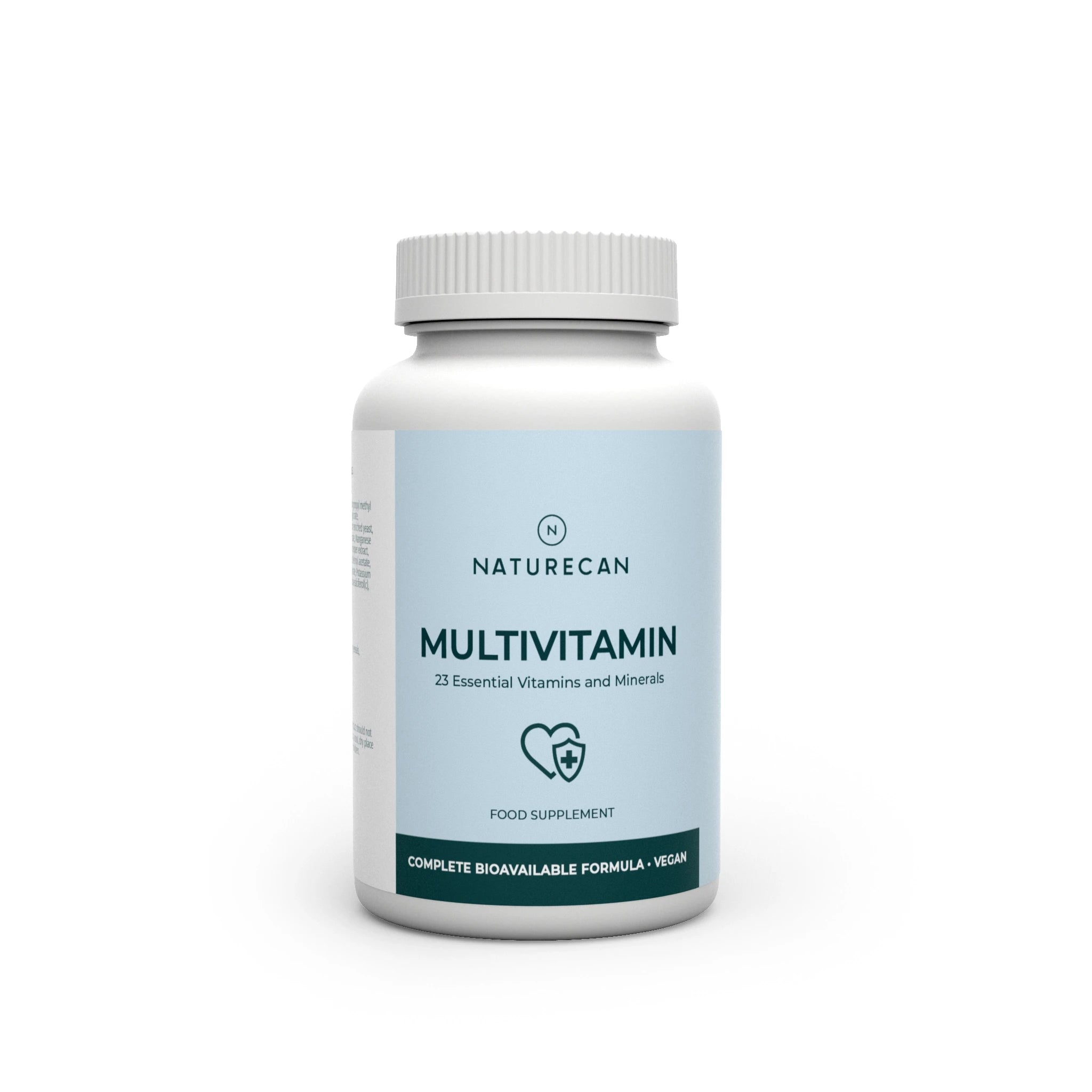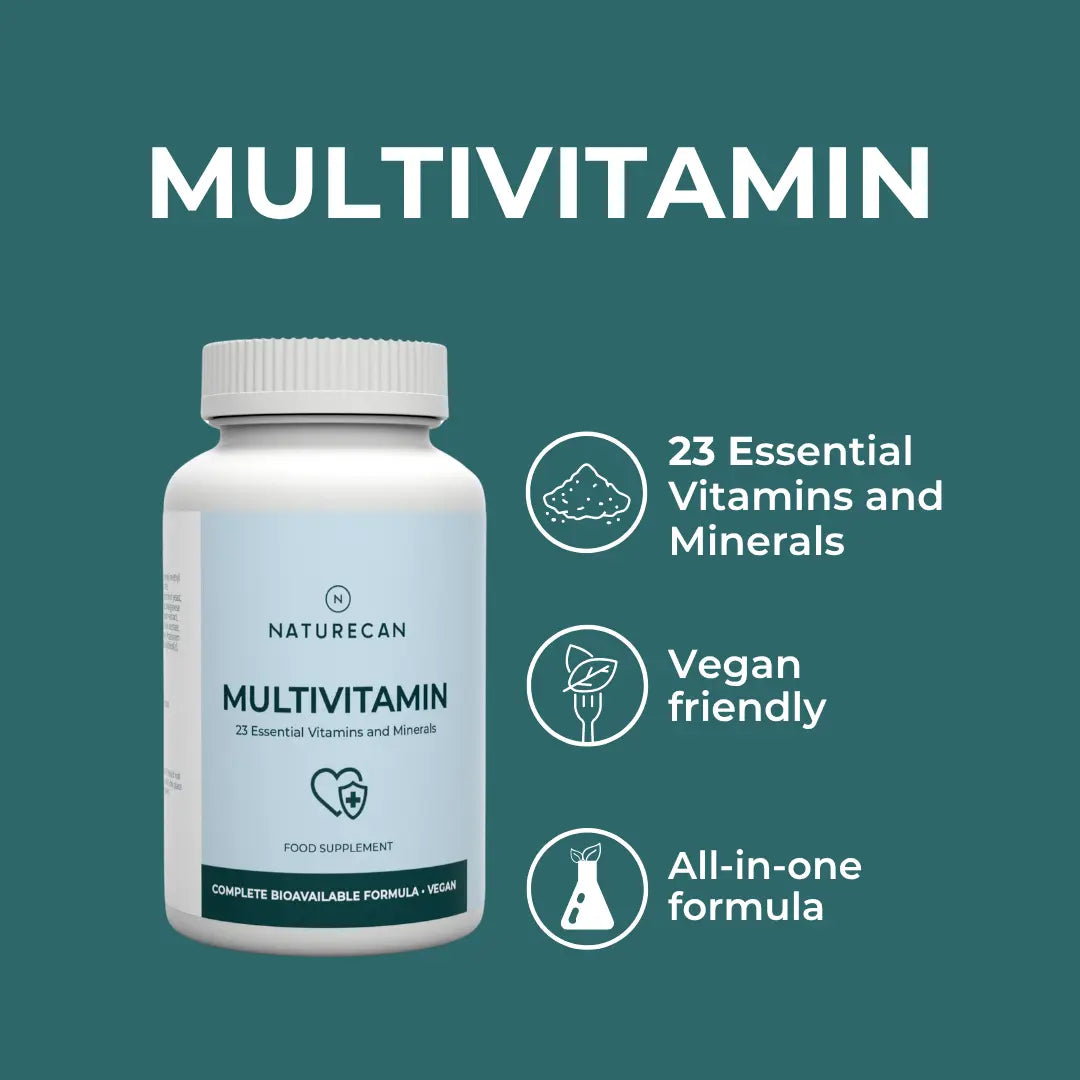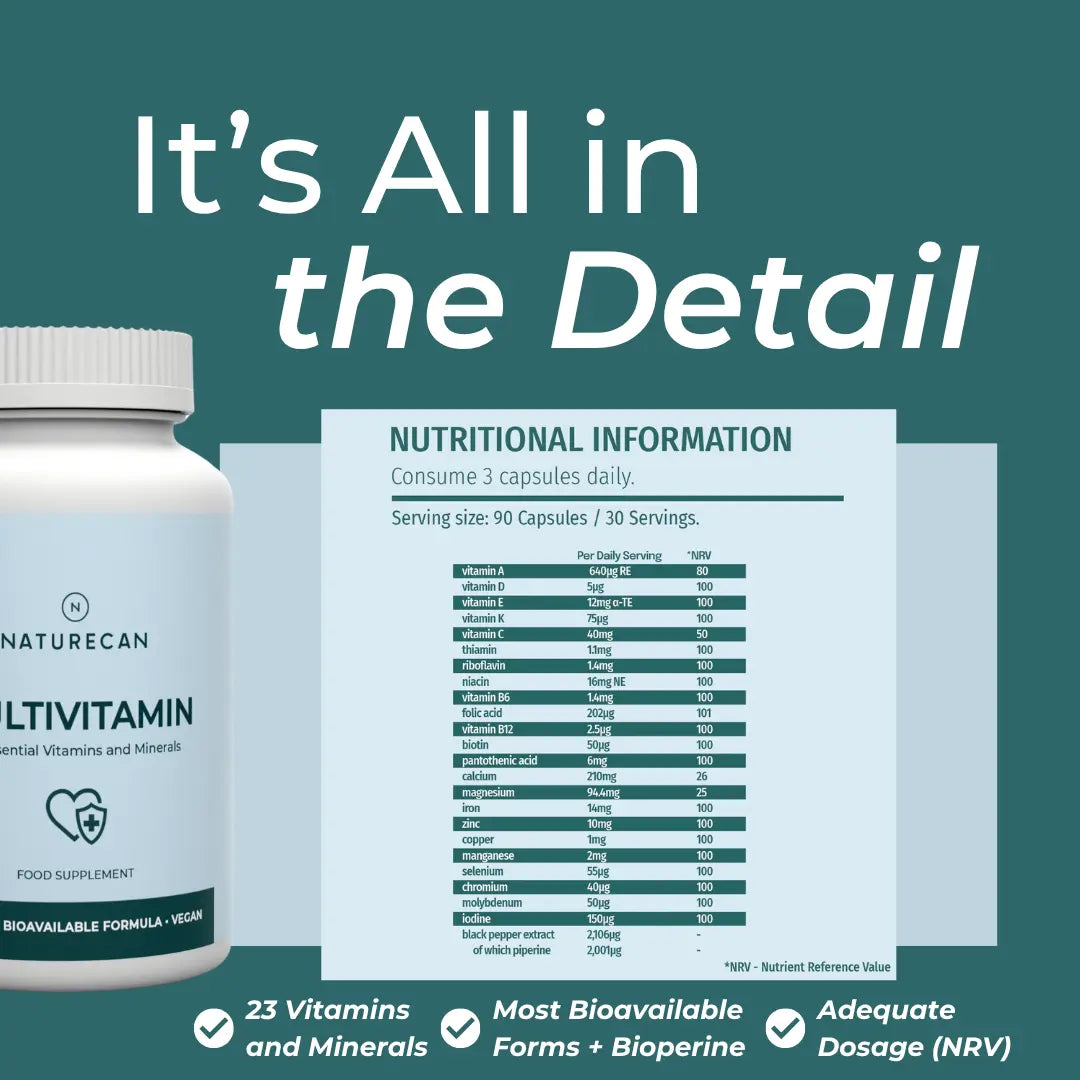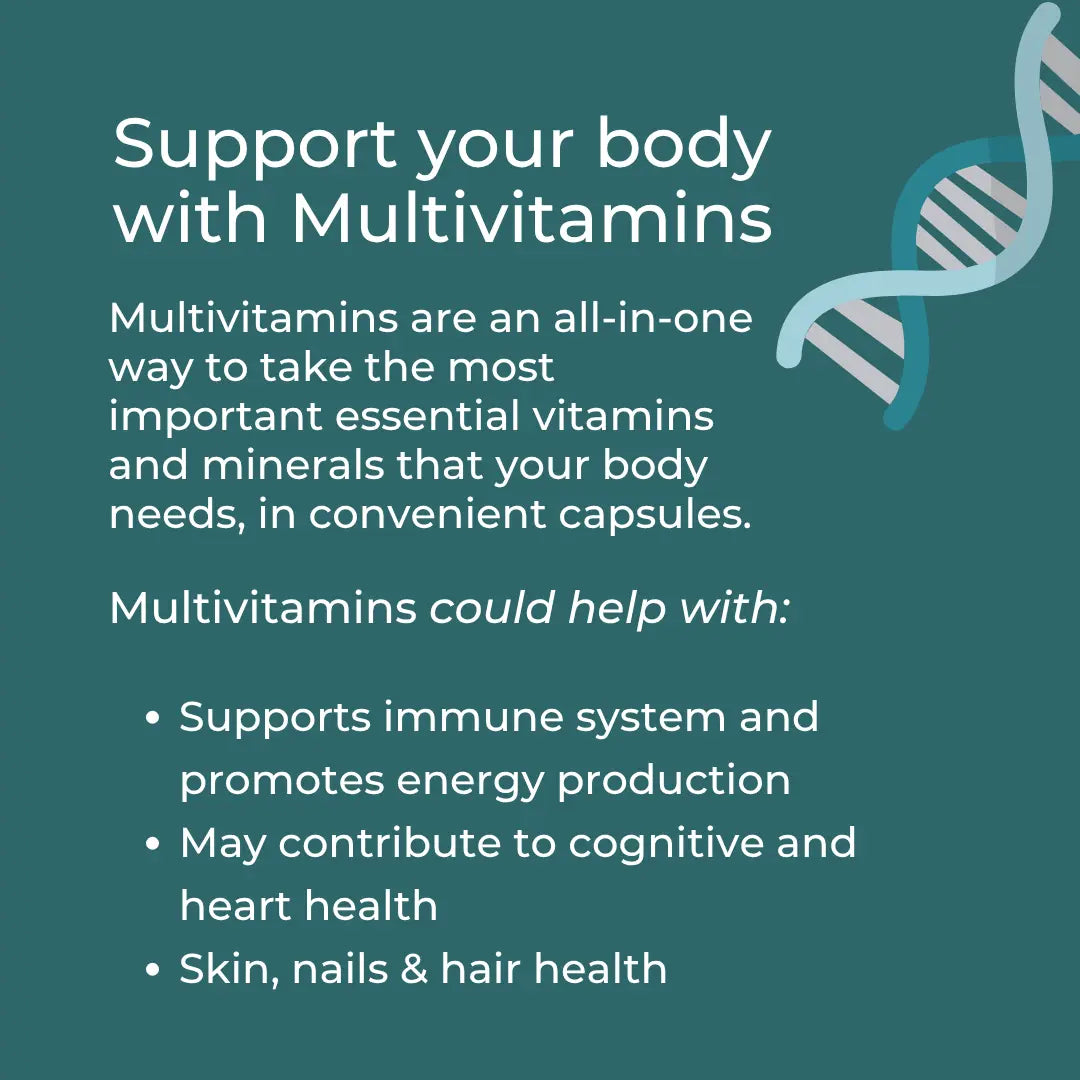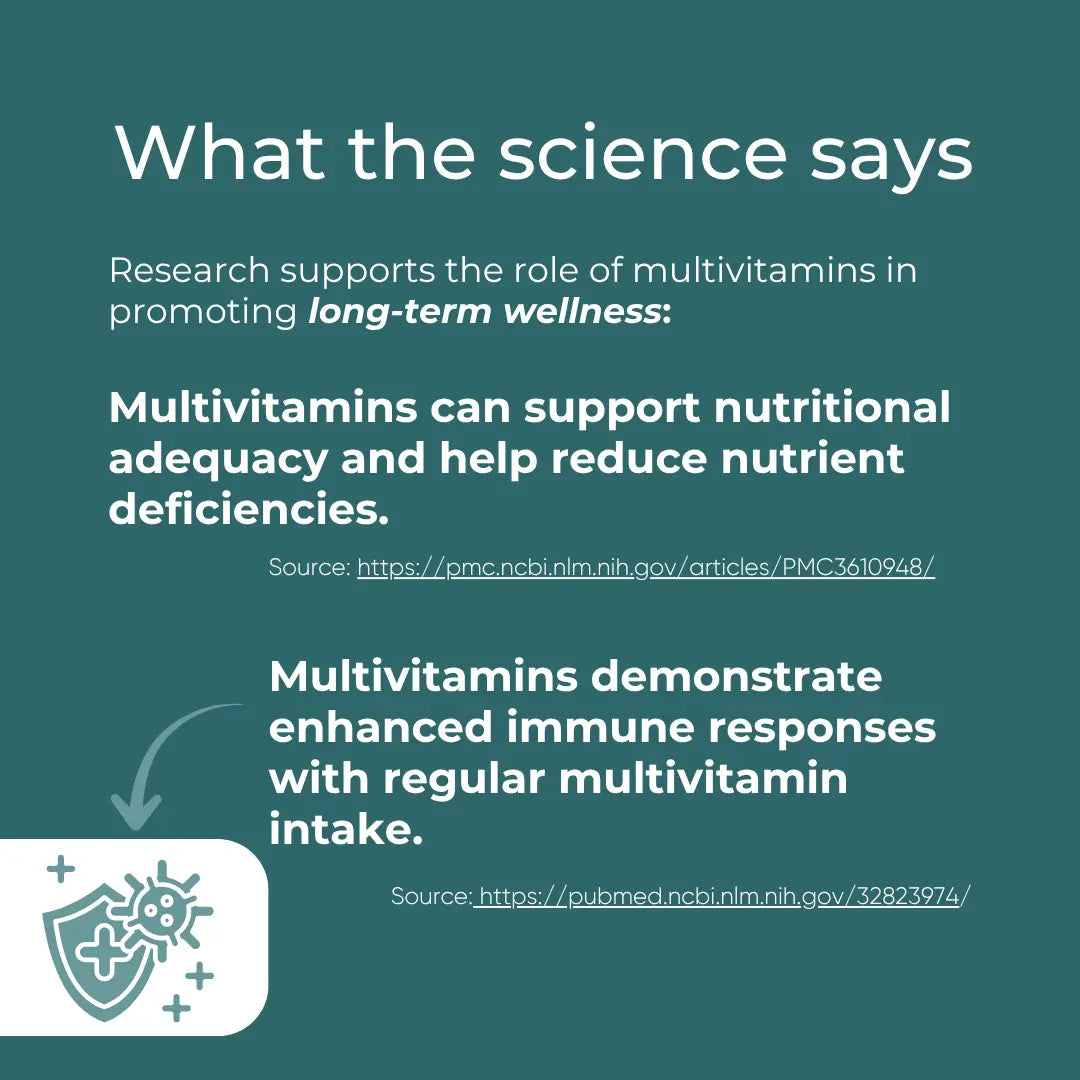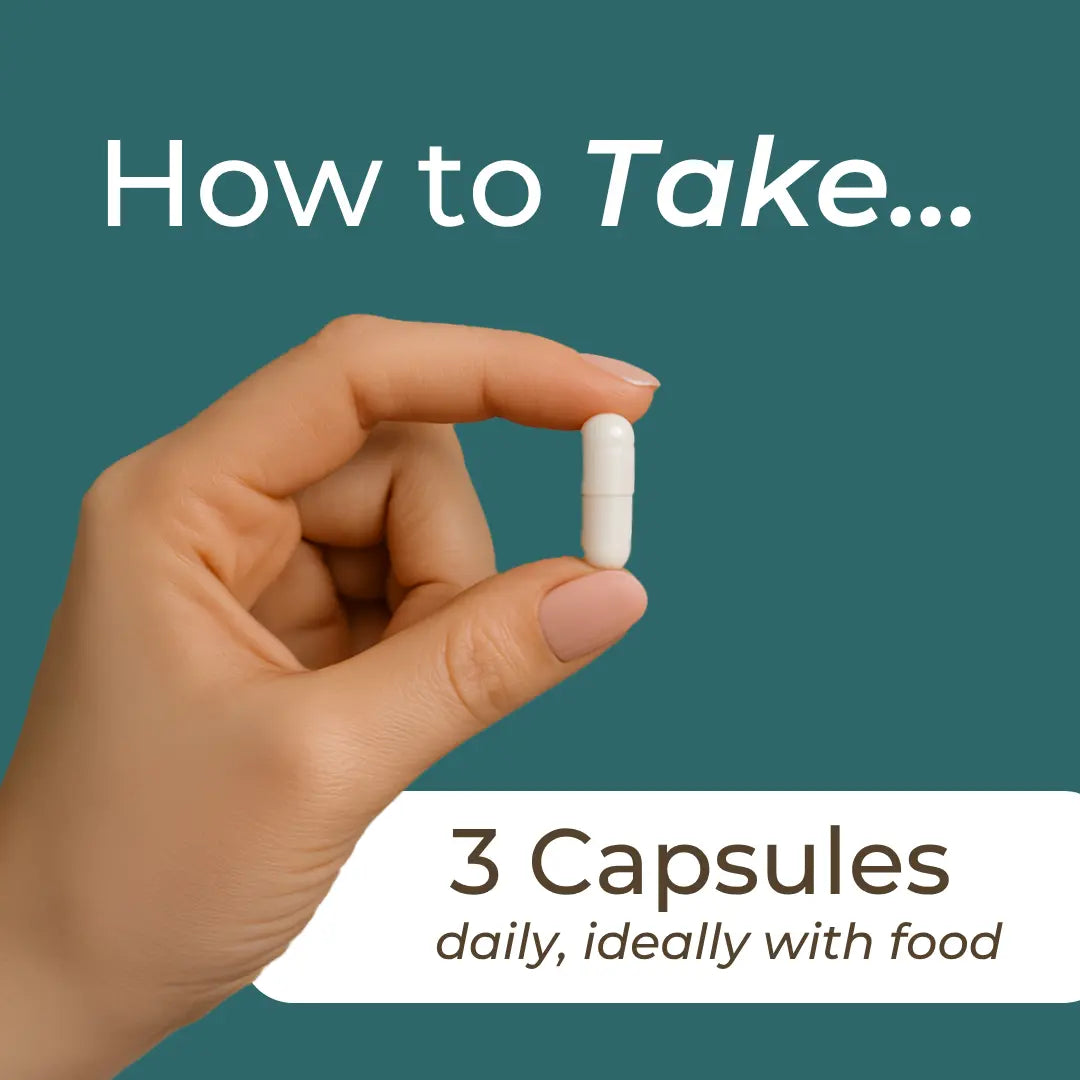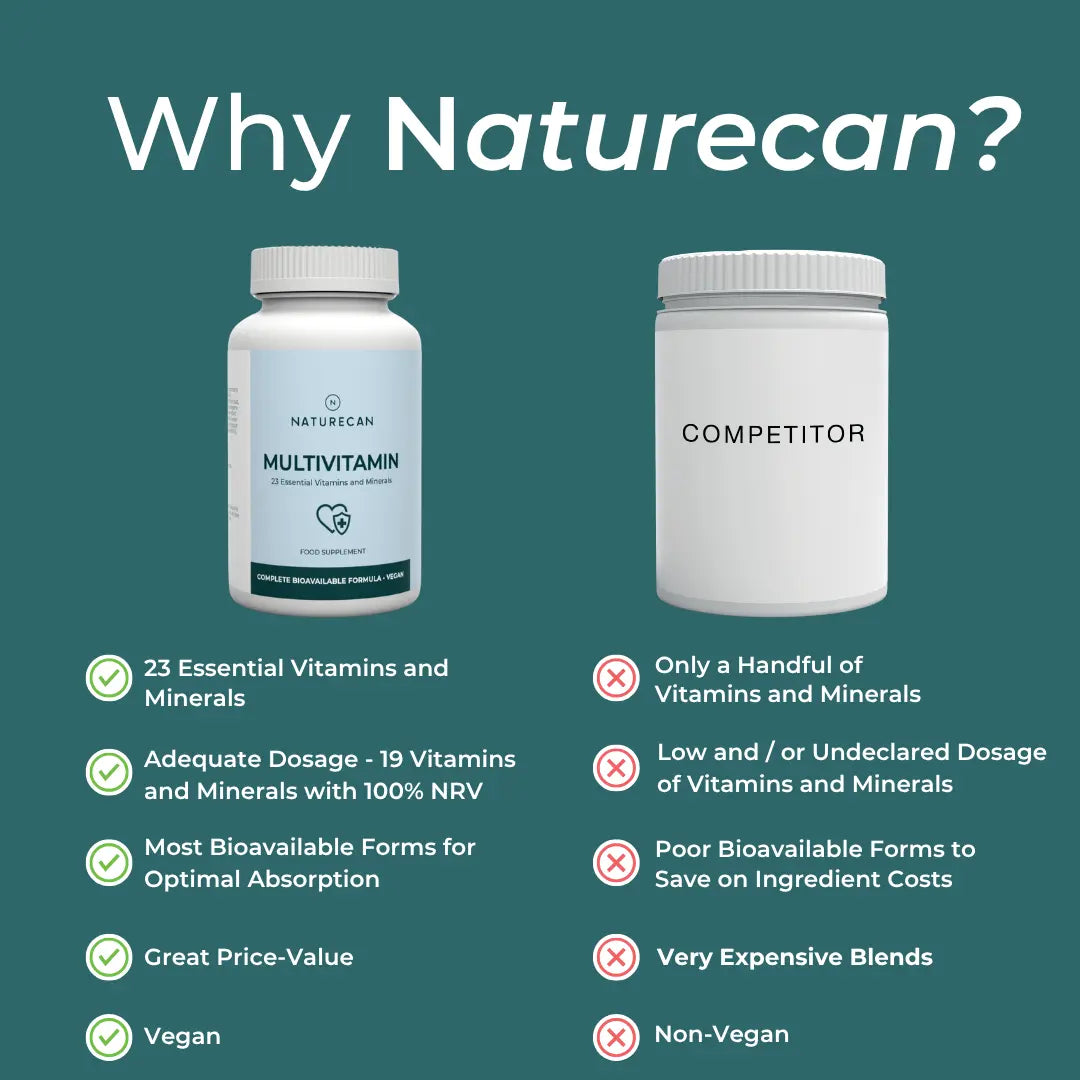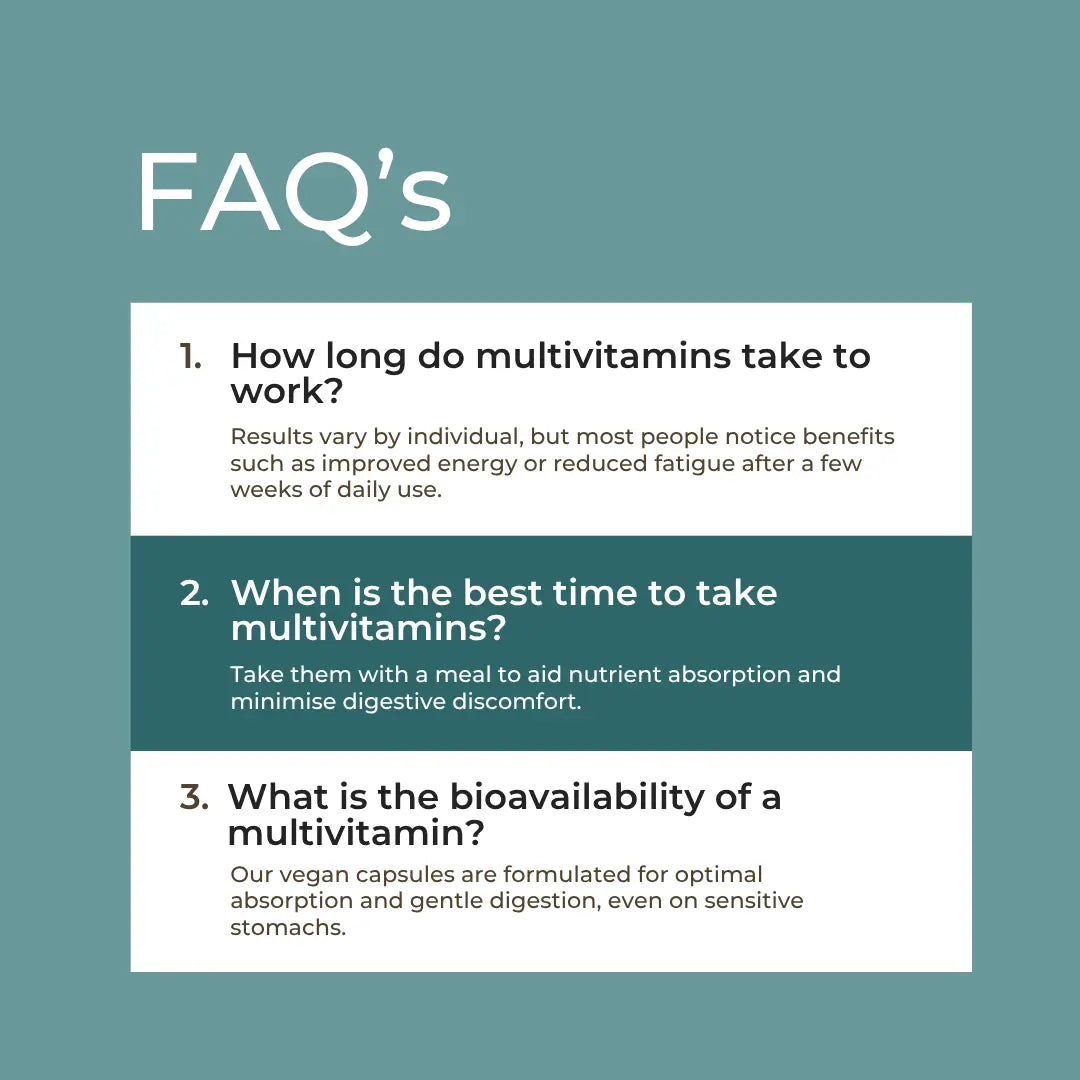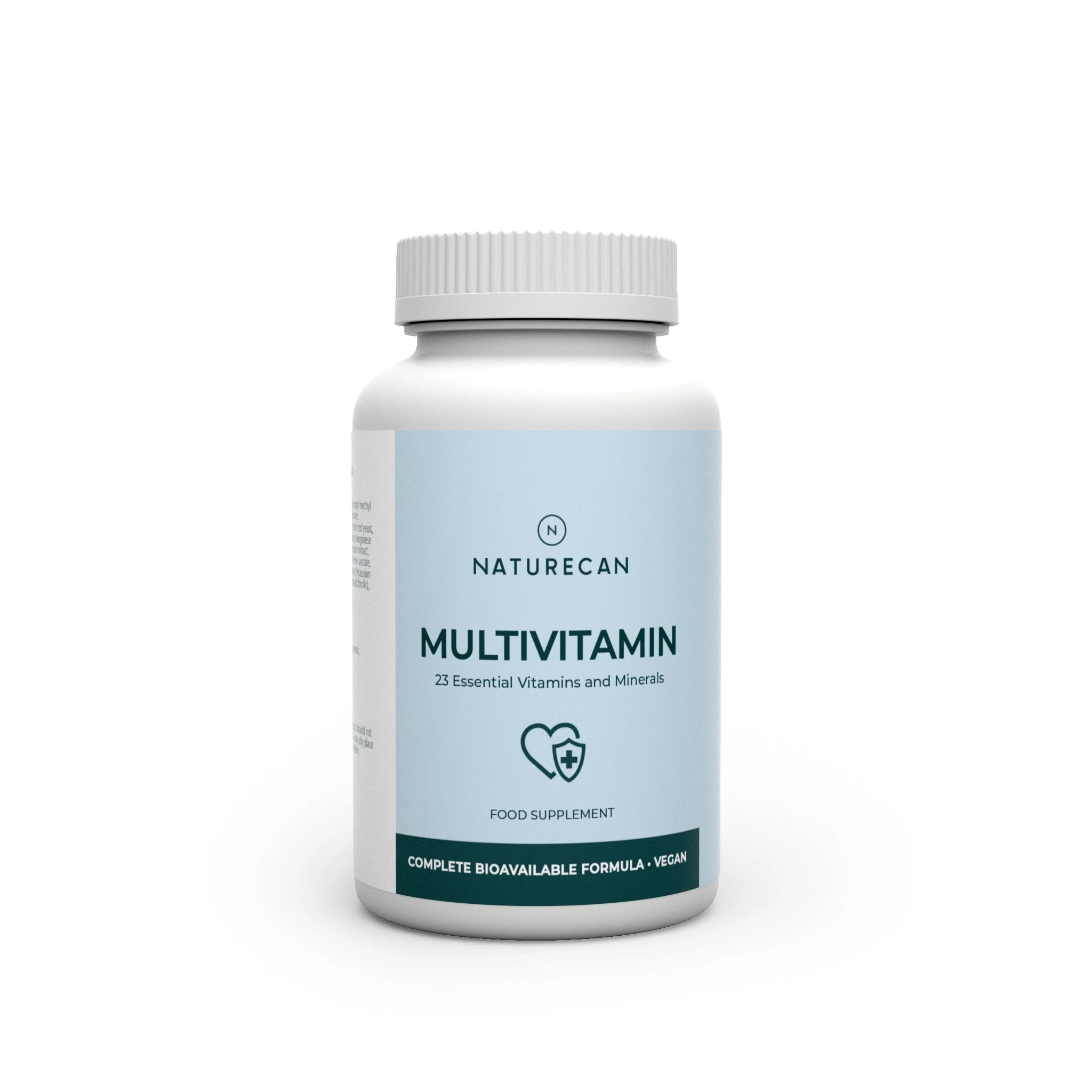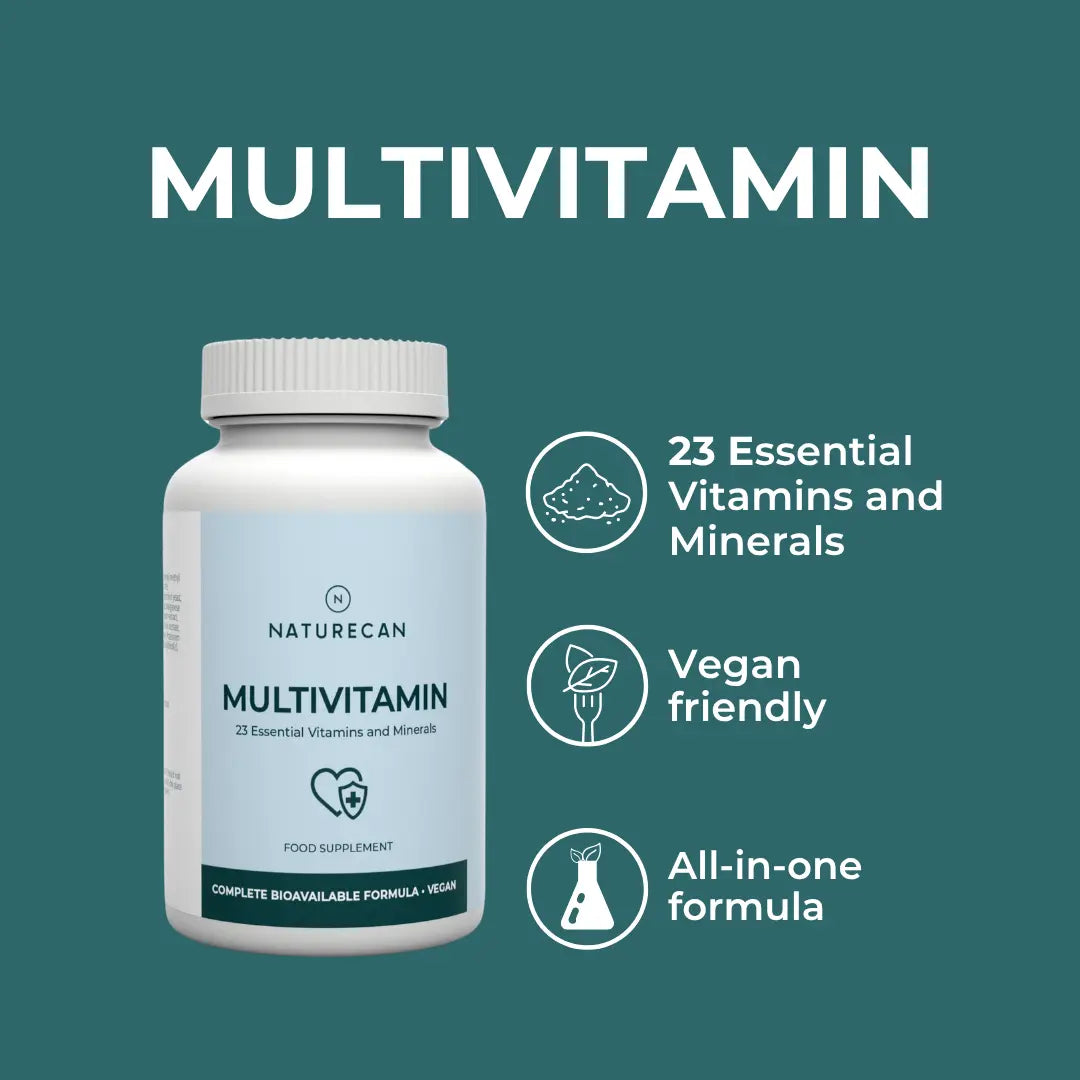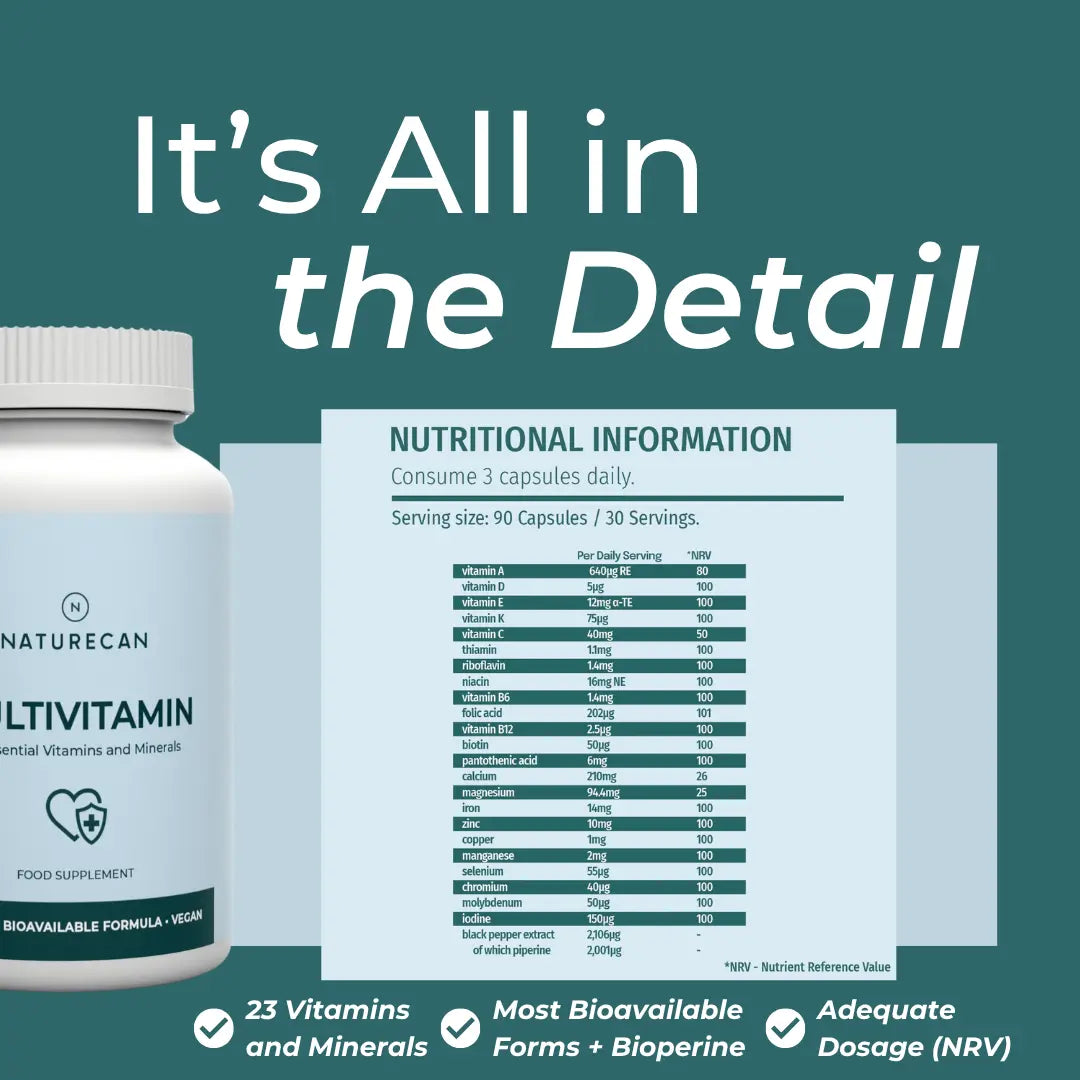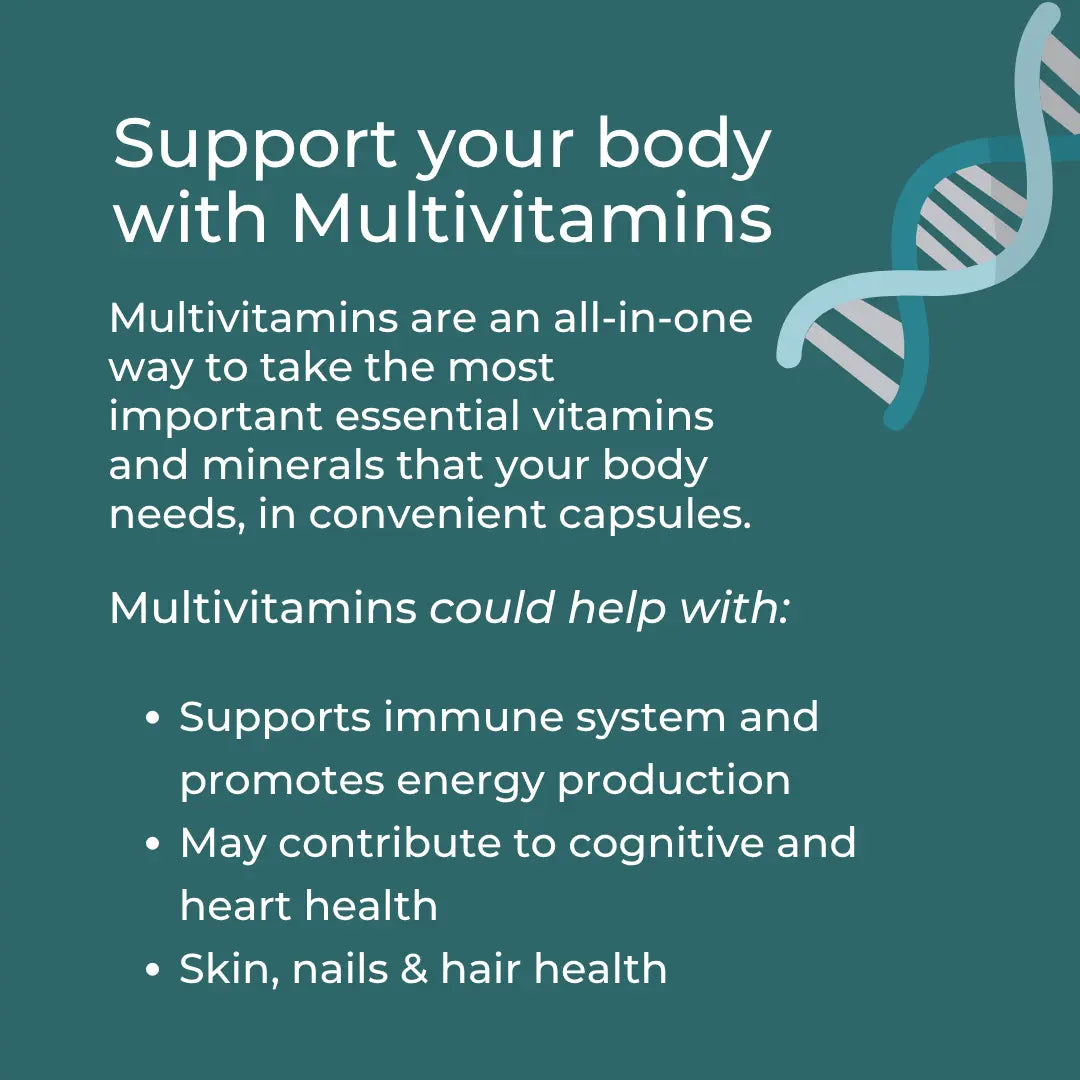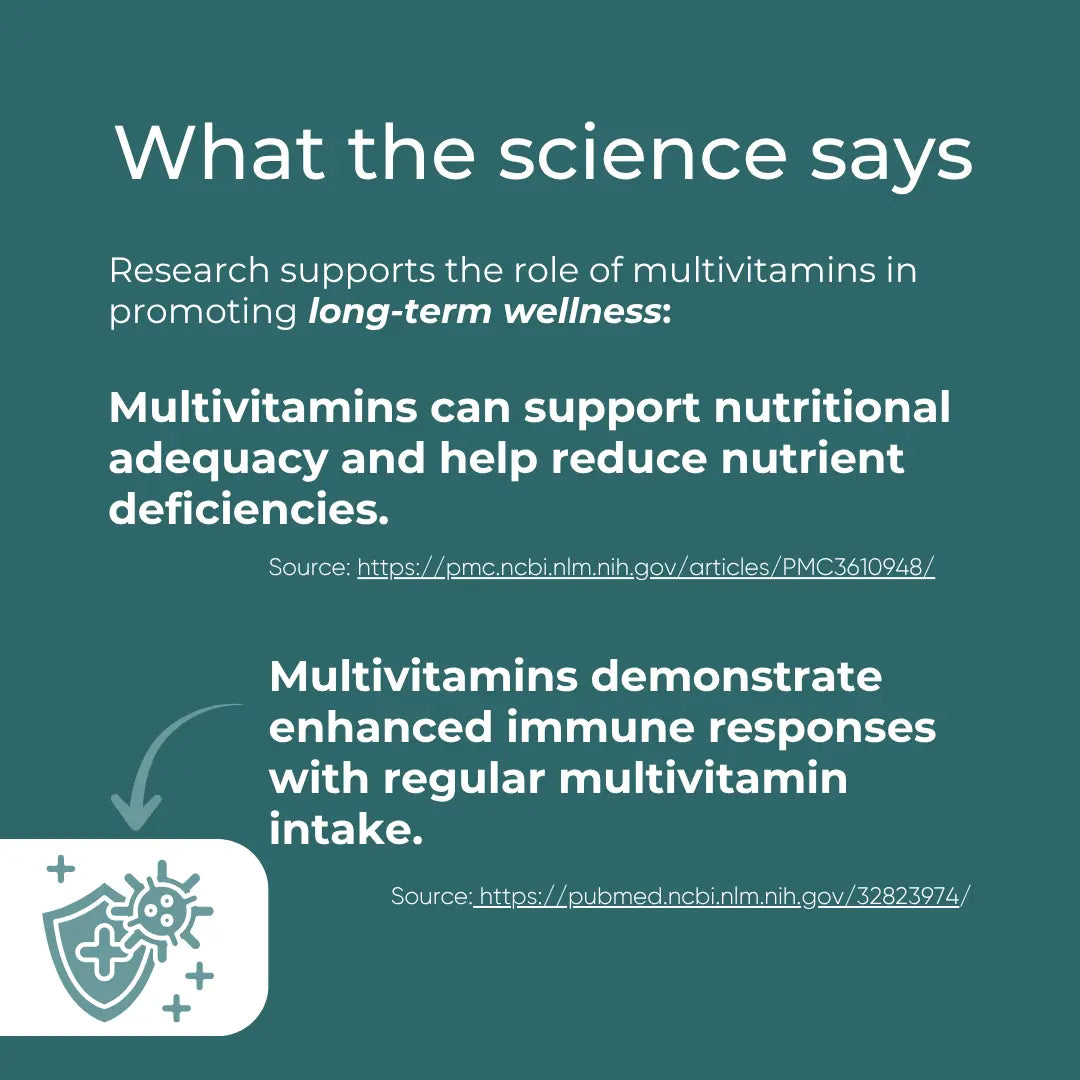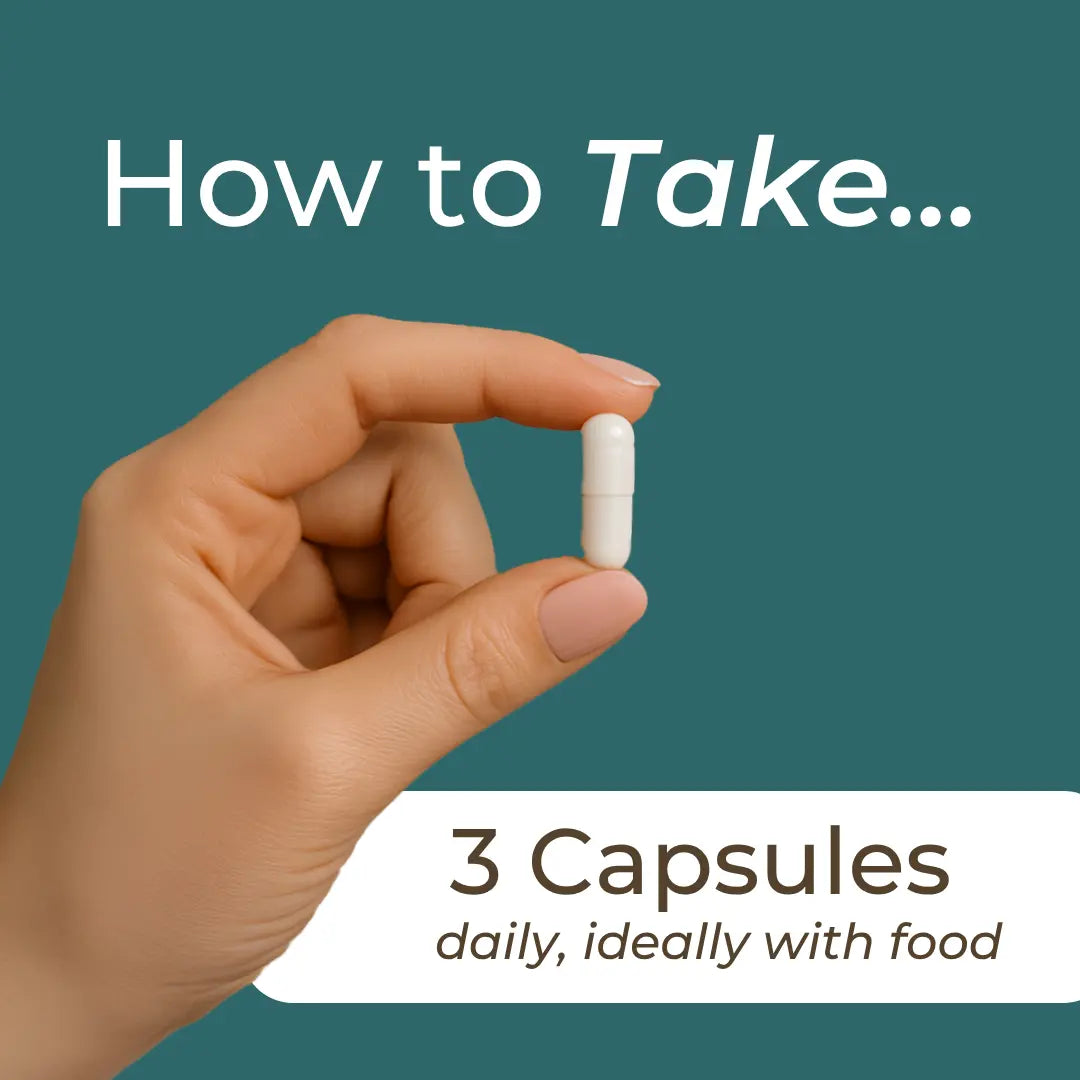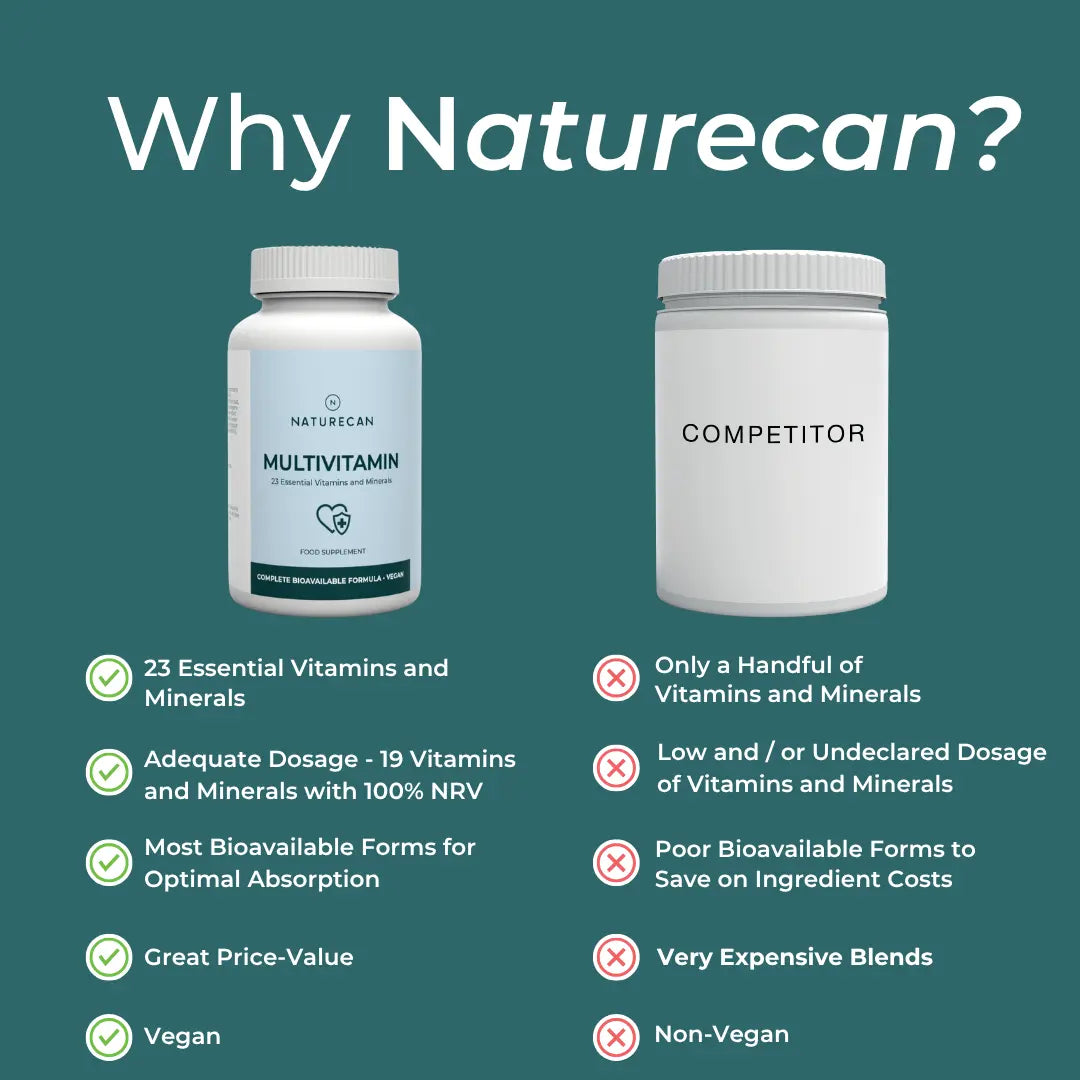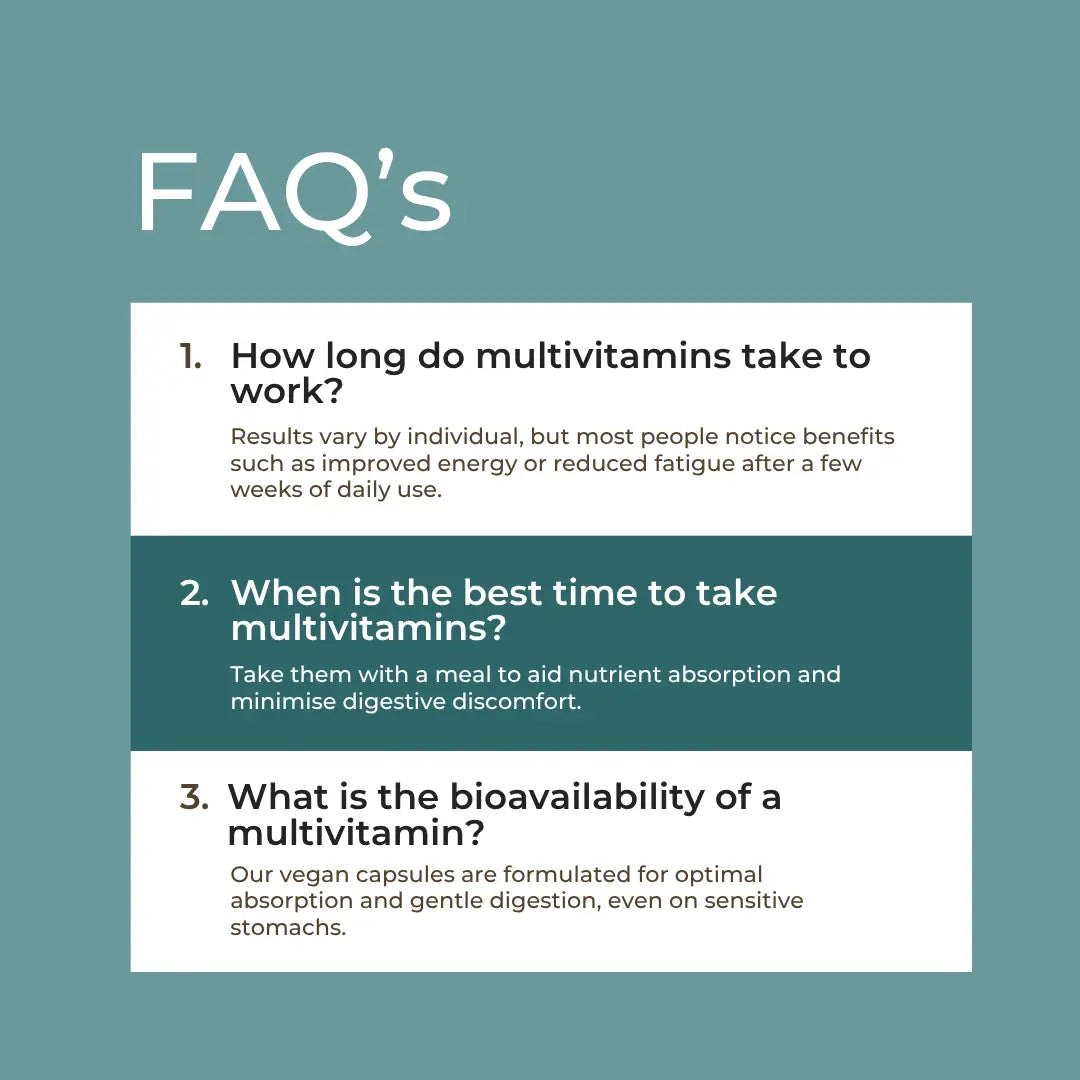Broccoli Sprouts Benefits: Is Sulforaphane Anti-Ageing?

Written by Valeria Briancesco & Reviewed by Paul Holmes.
What Are Broccoli Sprouts?
Broccoli sprouts are young seedlings of the broccoli plant, typically harvested 3–5 days after germination.
Although they’re tiny, they’re considered a powerful superfood due to their exceptionally high sulforaphane content – a compound linked to many potential health benefits, including detoxification and antioxidant support.
How They Differ from Mature Broccoli
| Feature | Broccoli Sprouts | Mature Broccoli |
|---|---|---|
| Growth stage | 3–5 days after germination | Fully grown plant (7–10 weeks) |
| Taste | Mild, slightly peppery flavour | Earthy, bitter, cruciferous flavour |
| Texture | Tender, crisp, sprout-like | Firm stalks and florets |
| Sulforaphane content | Up to 100x more than mature broccoli (per gram) | Much lower |
| Culinary use | Raw in salads, sandwiches, smoothies | Cooked or steamed in various dishes |
Nutritional Profile of Broccoli Sprouts (per 100g)
- Calories: 35 kcal
- Protein: 2.8 g
- Carbohydrates: 5.0 g
- Fibre: 1.9 g
- Fat: 0.4 g
- Vitamin C: 60 mg
- Vitamin A: 700 IU
- Calcium: 60 mg
- Iron: 1.5 mg
- Sulforaphane: Varies by preparation, but extremely rich
- Glucoraphanin: Precursor to sulforaphane, highly concentrated
Nutrient content can vary based on seed quality, sprouting conditions, and how they’re consumed (raw plant retains more sulforaphane than cooked).
What Is Sulforaphane?
Sulforaphane is a natural plant compound classified as an isothiocyanate, derived from cruciferous vegetables like broccoli, cauliflower, and kale. It doesn’t exist in its active form in the plant but is produced through an enzymatic reaction when the plant tissue is damaged (e.g. chopped or chewed).
How Sulforaphane is Formed in Broccoli Sprouts
- The compound glucoraphanin is abundant in broccoli sprouts.
- When the plant is damaged (cut, chewed, or crushed), the enzyme myrosinase is released.
- Myrosinase converts glucoraphanin into sulforaphane.
It’s important to remember that heat (from cooking) can destroy myrosinase, which reduces the formation of sulforaphane, so eating brocolli sprouts raw or lightly steamed helps preserve enzyme activity.

Sulforaphane’s Biological Effects
Sulforaphane has been widely studied and may help to deliver:
Neuroprotective Effects [1]
- Activates Nrf2, a key regulator of cellular defence mechanisms.
- May protect against neurodegeneration (e.g., Alzheimer's, Parkinson's).
- Could enhance brain detoxification and support mental clarity.
Antioxidant & Detoxification Support [2]
- Boosts phase II detox enzymes in the liver.
- May promote elimination of toxins and carcinogens.
- Could protect cells from oxidative damage.
Anti-inflammatory Action [3]
- Boosts phase II detox enzymes in the liver.
- May promote elimination of toxins and carcinogens.
- Could protect cells from oxidative damage.
Immune & Cardiovascular Support
- Enhances immune cell function.4
- May help regulate blood pressure and vascular health.5
Broccoli vs. Broccoli Sprouts: Which One Is Better?
When comparing broccoli and broccoli sprouts, broccoli sprouts have more sulforaphane – up to 20 to 100 times more glucoraphanin, the precursor to sulforaphane, than mature broccoli.
This means they are a much richer source of sulforaphane when eaten raw or lightly steamed, as cooking can destroy the enzyme myrosinase needed for conversion.
Nutritionally, both have fibre, vitamin C and antioxidants but sprouts have higher concentrations of certain bioactive compounds like indoles and flavonoids, while mature broccoli has more bulk nutrients like vitamin K and fibre.
In terms of absorption and bioavailability, raw broccoli sprouts tend to have more active sulforaphane as the delicate myrosinase enzyme is intact, whereas overcooked mature broccoli has destroyed the enzyme.

Sulforaphane Benefits: How It May Support Healthy Ageing
1. Antioxidant Properties and Cellular Protection
Sulforaphane is an antioxidant that works by activating the Nrf2 pathway – the master regulator of the body’s defence system.
When activated, Nrf2 regulates a range of antioxidant and detoxification enzymes, including glutathione S-transferase, NQO1 and heme oxygenase-1, which work together to neutralise free radicals and protect cells from oxidative damage.
In one study6, sulforaphane induced phase II detoxifying enzymes in rats and increased cellular resistance to toxins and oxidative stress.
Human trials[2] showed daily consumption of sulforaphane-rich broccoli sprout beverages increased excretion of harmful pollutants like benzene and acrolein, showing its protective effect at a cellular level.
These findings support sulforaphane’s role as a cellular guardian against oxidative stress, a key contributor to ageing and chronic disease.
2. Anti-Inflammatory Effects
Sulforaphane could reduce inflammation by inhibiting key pro-inflammatory pathways, particularly the NF-κB pathway, which controls the expression of various cytokines, enzymes and adhesion molecules involved in chronic inflammation.
By downregulating NF-κB and upregulating Nrf2, sulforaphane could exhibit a dual effect – anti-inflammatory and antioxidant. This makes it especially relevant for age-related diseases like cardiovascular disease, neurodegeneration and metabolic disorders where chronic inflammation is a central driver.
A study in 2013 found sulforaphane inhibited NF-κB activation in human endothelial cells and reduced inflammation-related genes. Sulforaphane has also shown promise in protecting against Alzheimer’s and atherosclerosis by modulating these pathways so may help slow down ageing and mitigate degenerative diseases.
3. Detoxification and Cellular Repair
Sulforaphane supports the body’s detoxification pathways by activating phase II detoxification enzymes, which are key in neutralising and eliminating harmful toxins, carcinogens and environmental pollutants.
This is mediated through activation of the Nrf2 transcription factor, which upregulates protective enzymes like glutathione S-transferase (GST), UDP-glucuronosyltransferase (UGT) and NQO1.
These enzymes enable the liver to process and excrete both endogenous waste and external toxins.In a human study2, participants who consumed a broccoli sprout beverage rich in sulforaphane showed increased excretion of airborne pollutants like benzene and acrolein, demonstrating enhanced detoxification capacity.
This ability to activate the body’s internal defence systems not only protects against acute toxicity but also reduces the long-term risk of chronic diseases linked to toxic burden and oxidative stress.
4. Sulforaphane and Skin Health
Sulforaphane may be beneficial for skin health by supporting collagen production, reducing inflammation and protecting against UV-induced damage and environmental stressors.
By activating the Nrf2 pathway, sulforaphane boosts the skin’s natural antioxidant defences and neutralises free radicals that degrade collagen and accelerate skin ageing. It also suppresses matrix metalloproteinases (MMPs) – enzymes that break down collagen in response to UV exposure.
In preclinical studies, sulforaphane-rich broccoli sprouts extract protected skin cells from UV radiation, reduced redness, DNA damage and oxidative stress. One study7 showed topical application of sulforaphane protected mice from UV-induced skin cancer by increasing protective enzymes in the skin.
These findings suggest sulforaphane may help maintain skin elasticity, prevent premature ageing and strengthen the skin’s resilience against pollutants and sunlight.
5. Sulforaphane and Brain Health
Sulforaphane has neuroprotective effects and may be beneficial for brain health and cognitive function.
It can cross the blood-brain barrier and directly influence the brain’s antioxidant and anti-inflammatory pathways, particularly through Nrf2 activation which protects neurons from oxidative stress – a major contributor to neurodegenerative diseases like Alzheimer’s and Parkinson’s.
Sulforaphane also reduces neuroinflammation by suppressing microglial activation and NF-κB signaling both of which are involved in cognitive decline. In a clinical trial8, sulforaphane supplementation improved working memory and cognitive flexibility in individuals with schizophrenia, so it may have broader cognitive benefits in both diseased and healthy populations.
These findings support sulforaphane as a natural neuroprotective agent and for maintaining mental clarity, memory and long-term brain health.
6. Sulforaphane and Longevity
Sulforaphane is increasingly being recognised for its role in promoting longevity by increasing cellular resilience and metabolic efficiency.
A key mechanism is through Nrf2 activation, which upregulates antioxidant and detoxification enzymes, reduces chronic inflammation and improves stress resistance – all key factors in slowing down ageing.
Research also suggests sulforaphane may improve mitochondrial function, increase energy production and reduce mitochondrial oxidative stress which is closely linked to ageing and age-related diseases. A study in 2019 showed sulforaphane modulated pathways associated with cellular longevity and mitochondrial biogenesis.
Preclinical studies in model organisms have also shown sulforaphane can extend lifespan and healthspan by mimicking calorie restriction and increasing genes associated with cellular repair. These findings suggest sulforaphane could be a powerful dietary tool for healthy ageing and longevity.
Sulforaphane in Foods: Best Dietary Sources
Top Sulforaphane-Rich Foods
Sulforaphane is found in cruciferous vegetables, particularly in the form of its precursor glucoraphanin, which is activated by the enzyme myrosinase when the plant is chopped or chewed. The richest sources include:
- Broccoli sprouts – The most concentrated natural source of glucoraphanin (20–100x more than mature broccoli)
- Mature broccoli – Still a solid source, especially raw or lightly steamed
- Cauliflower – Contains glucoraphanin, though in lower amounts than broccoli
- Kale – A good cruciferous source, with modest sulforaphane potential
- Brussels sprouts, cabbage, arugula, watercress – Also contain glucosinolates with sulforaphane-producing potential

How to Maximise Sulforaphane Absorption
Sulforaphane isn't stored directly in plants—it forms when glucoraphanin meets myrosinase, so maximising this conversion is key:
- Eat raw or lightly steamed: High heat destroys myrosinase. Light steaming (~1–3 minutes) retains it while improving digestibility.
- Chop and wait: Let chopped broccoli or sprouts sit for 10–15 minutes before cooking to allow myrosinase activation.
- Add mustard seeds or powder: These contain active myrosinase and can restore sulforaphane production in cooked dishes.
- Avoid microwaving: It rapidly destroys myrosinase unless done at very low power.
5 Best Ways to Prepare and Consume Broccoli Sprouts
- Raw in salads or wraps – Keeps myrosinase intact
- Added to smoothies – A nutrient-dense boost with no flavour overload
- Topped on sandwiches, bowls, or soups (added after cooking)
- Lightly steamed – If you prefer them warm, steam briefly (under 3 minutes)
- Sprouted at home – Easy and cost-effective, ready in 4–5 days
How Much Sulforaphane Should You Eat or Supplement With?
Recommended Daily Intake of Sulforaphane
There is no official recommended daily allowance for sulforaphane but research suggests 20–40 mg of sulforaphane per day is a beneficial and achievable range for supporting antioxidant, anti-inflammatory, and detoxification effects.
Recommended Daily Intake of Sulforaphane
Broccoli sprouts contain approximately 100 mg of glucoraphanin per 10 grams (1 heaping tablespoon), which can yield around 5–15 mg of sulforaphane, depending on how well it's converted.
Are there any side effects of sulforaphane?
Generally, sulforaphane is considered safe and well-tolerated, even at relatively high doses in clinical settings. However:
- Very high intakes (especially from concentrated supplements) may cause mild gastrointestinal discomfort, gas, or bloating.
- In rare cases, excess detoxification stimulation may cause mild fatigue or headaches, especially in sensitive individuals.
- There is no known toxicity from food-based sulforaphane (e.g. broccoli sprouts), but moderation is always wise.
How Many Broccoli Sprouts Do You Need Per Day Compared to One Sulforaphane Capsule?
Broccoli sprouts are rich in sulforaphane, however, the actual amount of sulforaphane you get from fresh sprouts can vary depending on how they're grown, harvested and prepared.
Typically, 1 gram of fresh broccoli sprouts contains approximately 0.4 to 1.5 mg of sulforaphane. Most clinical studies use 30–60 mg of sulforaphane per day, which equates to roughly 60–150 grams or more of fresh sprouts daily – that’s 2 to 5 heaped handfuls, or around half a salad bowl.
In contrast, a premium supplement delivers a 100mg dose of sulforaphane extracted from broccoli sprout or seed extract. Just one capsule can contain the equivalent of 100 grams or more of fresh sprouts, without the uncertainty of natural variation.
Cost Per Day: Fresh Broccoli Sprouts vs. Our Supplement Capsules
Fresh organic broccoli sprouts are often sold in small punnets or by weight. Prices vary, but you can expect to pay around £2.00 to £3.00 per 100g, depending on the supplier and whether you're buying organic.
If you need 100–150g per day to match the dose in one capsule, you’d be spending on average £2.00 to £4.50 per day on sprouts.In comparison, our Sulforaphane capsules cost between just £0.80 to £1.20 per day. Which is up to 4 times more cost-effective, without the worry of waste or spoilage.

Do You Need Sulforaphane Supplements?
Sulforaphane supplements can be a convenient and consistent way to reap this compound’s powerful health benefits, especially when dietary intake from broccoli sprouts isn’t possible.
While wholefoods provide a wide spectrum of nutrients and enzymes, supplements can deliver standardised doses of sulforaphane, or its precursor glucoraphanin, combined with myrosinase for optimal intake.
People with increased oxidative stress, chronic inflammation, environmental toxin exposure, or those looking for cognitive and anti-ageing support might particularly benefit from supplementation.
When choosing a supplement, look for products that offer quality ingredients and are backed by third-party testing.
Sulforaphane and Broccoli Sprouts FAQs
How many broccoli sprouts should you eat daily?
You should aim to eat about ½ cup (30–40 grams) of fresh broccoli sprouts daily to get a beneficial amount of sulforaphane.
Can sulforaphane boost testosterone?Sulforaphane may indirectly support healthy testosterone levels by reducing inflammation and oxidative stress, but direct evidence linking it to increased testosterone is limited.
How long does sulforaphane stay in the body?
Sulforaphane is rapidly absorbed and typically stays in the body for up to 72 hours, with peak activity occurring within the first 24 hours after consumption.
Are microgreens as beneficial as broccoli sprouts?
While microgreens are nutrient-dense, broccoli sprouts contain significantly higher levels of sulforaphane, making them more potent for detoxification and cellular protection.
Conclusion: Should You Include Broccoli Sprouts in Your Diet?
In short, absolutely. Broccoli sprouts are one of the best natural sources of sulforaphane – offering far more than mature broccoli does, which contains only small amounts.
To get a beneficial daily dose, you’d need to eat around ½ cup (30–40g) of fresh sprouts each day. Although it doesn’t sound too much, this can be a pain for those with busy schedules, and it’s all too easy to forget and miss out on the multiple benefits this natural compound has to offer your health, wellbeing, and longevity.
So, for a simpler and more consistent option, you can supplement with our sulforaphane capsules, which deliver a precise dose of 100 mg per capsule – making it a more convenient and cost-effective choice.

Anti-Ageing Skincare Routine
Discover the perfect anti-ageing skincare routine, and how to keep your skin looking younger for longer - Read now!
Read Article
How Inflammation Accelerates Ageing and How to Reduce It
Delve into the causes of inflammation in the body, and how inflammation causes ageing. Discover ways to reduce inflammation and prevent accelerated ageing.
Read Article
12 Causes Of Ageing
Explore the 12 causes of ageing, and how anti-ageing supplements and simple lifestyle changes can help influence the rate and severity of the ageing process. Read now!
Read Article